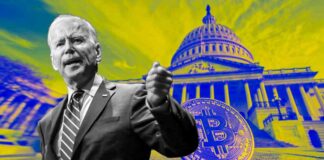When we talk about risks in DeFi, the first thing that comes to mind is usually hacks and security breaches. These events often dominate headlines and discussions, leading to important conversations about security practices. However, there is another type of risk in DeFi that is equally important but often overlooked: economic risk.
Economic risks in DeFi have resulted in nearly $60 billion in losses across various protocols. This number, while already substantial, only reflects losses at the protocol level. When we consider individual user losses due to different economic risk factors such as market volatility, complex dependencies between protocols, and unexpected liquidations, the total loss is likely much higher.
Understanding economic risk in DeFi involves recognizing the potential financial loss that can occur due to adverse market conditions, liquidity crises, protocol design flaws, or external economic events. These risks can come from various sources, including market risk, liquidity risk, protocol risk, and external risk.
Market risk arises from asset value volatility, which can lead to significant losses if collateralized assets experience sudden price drops. Liquidity risk refers to the inability to buy or sell assets quickly without impacting the price significantly, which can worsen during market sell-offs when liquidity pools dry up. Protocol risk stems from flaws in protocol design, such as impermanent loss, oracle manipulation, and governance attacks. External risks, on the other hand, come from factors outside the protocol’s control, like actions by large market players or changes in macroeconomic conditions.
In DeFi, economic risks exist on two levels: protocol-level risks and user-level risks. Protocols have measures in place to limit exposure to economic losses, but these safeguards primarily protect the protocol itself. Individual users face a different set of risks, such as liquidations, impermanent loss, slippage, and locked lending liquidity, which can have a significant financial impact. Managing economic risks at both levels is crucial for preventing large-scale losses and protecting individual positions.
To effectively manage economic risk in DeFi, users should dive deep into protocol mechanics, monitor market indicators, and create a holistic risk profile. Understanding the underlying mechanics of a protocol, keeping an eye on asset volatility and liquidity, and identifying interconnected risks in multi-protocol strategies are key steps in proactive risk management.
In conclusion, managing economic risk in DeFi requires a proactive approach. By understanding protocol mechanics, monitoring market indicators, and building a comprehensive risk profile, users can navigate the challenges of multi-protocol strategies and safeguard their positions effectively.














